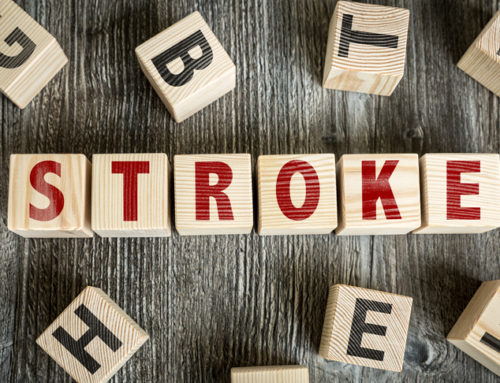If stroke causes weakness or paralysis in your wrist and hands (also known as hemiplegia), one step in maintaining health is to prevent contractures and further weakening.
“If you don’t use it, you lose it”
Any treatment you undertake for your wrist due to stroke should be done in consultation with your doctor, but generally speaking, the saying “If you don’t use it, you lose it” applies to stroke recovery patients.
This is why stroke rehabilitation often includes hand manipulation exercises that help with activities of daily living. Keeping these muscles moving often prevents or even helps undo disabling hand conditions.
Correct posture is Step 1
Part of keeping hand and wrist muscles strong is maintaining correct postures. Hemiplegia and similar conditions can result in the individual inadvertently holding their hand in an unhealthy position, such as a bent or doubled-under posture.
These problematic positions can result in significant contractures, wherein the muscles and ligaments tighten and shrink. This in turn results in the inability to complete activities of daily living and further atrophy of the muscles.
So we might say that the first step to treating and preventing hand weakness after stroke is to prevent contracture in that area. This is achieved in large part by maintaining a healthy posture.
Use a wheelchair arm support
The Posey Deluxe Lateral Arm Support is made primarily for wheelchair users, who are at a particular risk of developing disabling contractures.
The problem with traditional armrests is that they are not actually made to hold your arm in a healthy posture. They only provide basic support intended for people who are constantly moving their arms. You may be surprised at how much not being able to move your arms while sitting — whether talking to friends, visiting family or watching TV — can affect your muscles and tissue over time if your arm is not being maintained in a normal posture.
The Posey Deluxe Lateral Arm Support helps you do just that. It attaches onto most wheelchair armrests and features a plush, padded foam surface covered with soft, water-resistant vinyl. It is great not only for supporting your arm, but also for preventing you from leaning to the side. Stroke survivors often have a “weak side” that they tend to lean toward, and this is at least one way to help remedy that while in a wheelchair.
For non-wheelchair users
If you do not use a wheelchair but still need a remedy for the effects of hemiplegia, consider wrist splints such as the Original IMAK Pil-O-Splint. This is especially useful for wearing at night as a therapeutic measure to prevent wrist drooping while asleep, but it may also be used during the day.
Talk to your health care professional about the best way to prevent bad wrist positions. Don’t wait for contractures to occur. The power to prevent them is within your grasp.
© Copyright 2016 The Wright Stuff, Inc. Articles may only be redistributed in its unedited form. Written permission from The Wright Stuff, Inc. must be obtained to reprint or cite the information contained within this article.








